As the dust settles following last weekend’s U.S.-French-British attack on Syrian chemical weapons facilities, the countdown to the next round of military conflict between Israel and Iran has begun. Last week, Israel once again targeted the T-4 (Tiyas) base in Syria, which houses Iranian drone forces, killing 7 Iranians and apparently destroying a drone infrastructure project. This is the same base from which an Iranian drone was launched in February, which the Israeli air force intercepted. Israel then hit the T-4 base and an Israeli aircraft downed by Syrian anti-aircraft fire.
An Iranian retaliatory strike against Israel is likely in the works. Where and how Tehran chooses to carry out its attack is still unclear, but for reasons that we describe below, it is most likely to be a rocket or missile attack launched from Syria. The choice will define what to expect for the future of Iranian and Israeli confrontations.
The “why” question
There are very clear signals that this time Iran would indeed retaliate. Iranian media gave extensive coverage to the Israeli attack on T-4 last week. Iranian leaders, most noticeably Ali Akbar Velayati, the top advisor to Iran’s supreme leader, issued direct threats of retaliation. Hezbollah’s leader, Hassan Nasrallah, also warned Israel that this time there would be a steep price to pay; the highly publicized funerals of Quds forces personnel was the latest such indication. Iran is now both deeply and publicly committed to retaliate. The stage is set.
Iran is determined to cash in on its huge investment in Syria, by improving its military presence and the means with which to pressure Israel. Ultimately, its aim is to firmly establish itself as a regional power. Meanwhile, Israel is determined not to repeat the mistake it made in Lebanon—watching from the sidelines as the Iranian threat from Hezbollah intensified. Israel has made clear its intention to combat the threat from the start, while it remains manageable.
In Israel’s view, the time to act is ripe due to both geopolitical and strategic factors. First, Russia’s desire to keep the situation in Syria relatively stable puts Israel in the unique position of acting as a potential disrupter. Israel thus has leverage over the larger, and more powerful Russian state. Second, Israel’s freedom to operate in Syria’s skies may be limited in the future by improved Iranian or Syrian anti-aircraft capabilities, or by an international accord.
The “how” question
While the intentions are clear, there remains considerable debate over what form the retaliation would take. In the Middle East, these nuances matter. There are several possibilities and each carries a different prospect for an Israeli counter-response.
A missile salvo appears to be the most appropriate Iranian response, both in terms of capabilities and risk calculation (and mirroring the Israeli missiles launched at T-4). However, the more crucial question is what target they will choose.
A military target appears to be the more appropriate response. A quid-pro-quo attack, aiming to deal a lethal blow to the Israel Defense Force’s reputation—or even better, the Israeli air force, since an F-16 fighter-jet (an emblem of Israel’s prowess), was downed in February. But a more effective deterrent may lie in targeting a big city—thereby eliciting a panic effect, even if it is intercepted by Israeli defense systems. The goal from the Iranian perspective may be to create public pressure that in turn would work to alter Israel’s risk calculation in Syria. On the down side, civilian centers are a less legitimate target, and might put Iran in an uncomfortable position internationally, when such a spotlight is the last thing Iran needs as worldwide concern over Iran’s intervention in the region crescendos.
The second dilemma facing the Iranians is from where to launch the missiles, the options being Iran, Syria, or Lebanon.
Launching from Iran will naturally send a strong message to Israel, both in terms of capabilities and determination. The clear disadvantage of this choice would be the legitimization of an Israeli counter-response in Iran, and yet another unnecessary escalation, for the time being, from the Iranian perspective.
Lebanon is well equipped with a variety of missiles, in both range and size, and therefore a convenient location for the Iranians. However, an escalation in Lebanon is far more damaging for all parties involved. It has the possibility to ignite a war between Israel and Hezbollah, and to harm crucial Hezbollah arsenals and infrastructure, serving neither Iranian nor Hezbollah’s interests.
Hezbollah is not interested in war at the moment, as its leaders are preoccupied with solidifying its image as the “protector” ahead of Lebanon’s parliamentary elections in May. The numerous casualties in Syria, and the fact the group still has close to 7,000 troops on the ground there, complicate this picture.
The most sensible option remains Syria, the arena with the least risk for the Iranians, and the relevant stage of the recent skirmishes. Yet, there are two main challenges that remain to be mitigated: the delicate relationship with the Russians and the risk of further damaging Iranians assets and capabilities in Syria, in case Israel will be forced to respond.
In order to avoid putting stress on the Russians, the Iranians would retaliate in a fashion the Russians would find tolerable and containable. Russia expressed its anger after the last Israeli attack, and therefore will most likely tolerate some sort of measured Iranian response. The question is: What does Russia consider measured? Possibly anything that doesn’t pose a substantial threat to stability in Syria and wouldn’t provoke an Israeli escalated response.
This appears to be an impossible equation to solve. Iran wants to buttress its deterrence capability after Israel proved willing to pay a steep price in order to prevent Iran from establishing another front in Syria (from where they could threaten Israeli security, as they have done in Lebanon with Hezbollah in the past).
After outlining the possible scenarios, an Iranian strike will most likely be a missile strike from Syria, aimed at a significant Israeli military target. In order to hit the target, it will have to be substantial in size. It is hard to imagine a scenario in which the target is hit and Israel’s response will be contained, unless the damage—both in lives and in capabilities—is negligible.
Israel understands that it can’t afford to blink.
Predicting the long-term prospects and evolution of this conflict is more difficult, since both parties are willing to pay a high price for their strategic interests.
An Israeli response to an Iranian retaliation depends on the extent of the damage; nonetheless, Israel understands that it can’t afford to blink. The determination and willingness to take risks has been clearly demonstrated—both by statements by senior officials and by attacks in recent months. For the time being, Israel will push back against Iran, at any cost, until either significant international pressure or diplomatic efforts work to inhibit Iranian strength in Syria. The Russians serve as a partial restrainer, but have limited motivation, and even more limited capabilities to actually enforce a solution on either party. Even if there were a simple solution, in light of Israeli and Iranian determination to inflict damage on each other, even at a high cost, Russian efforts would most likely prove unsuccessful.
The Brookings Institution is committed to quality, independence, and impact.
We are supported by a diverse array of funders. In line with our values and policies, each Brookings publication represents the sole views of its author(s).


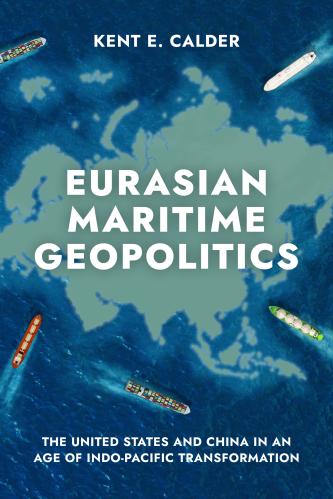
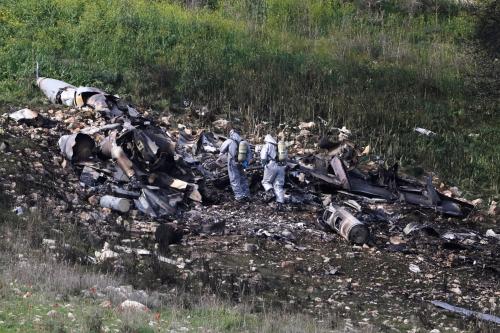


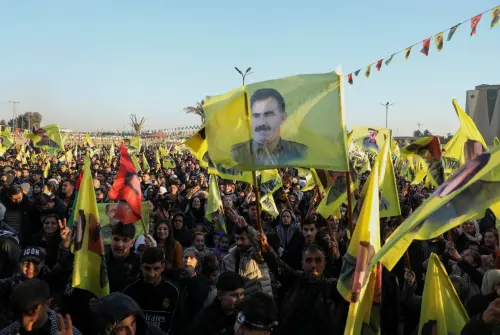
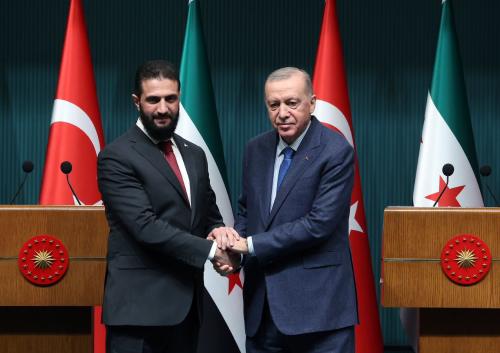
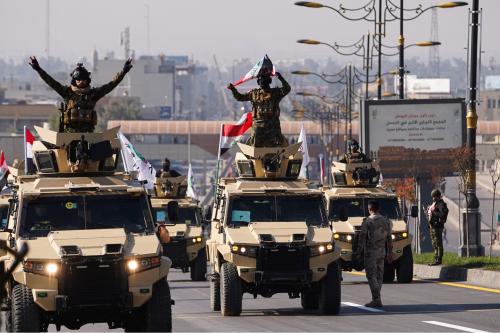
Commentary
Will Iran attack Israel over the Syrian conflict? It’s only a matter of time
April 18, 2018